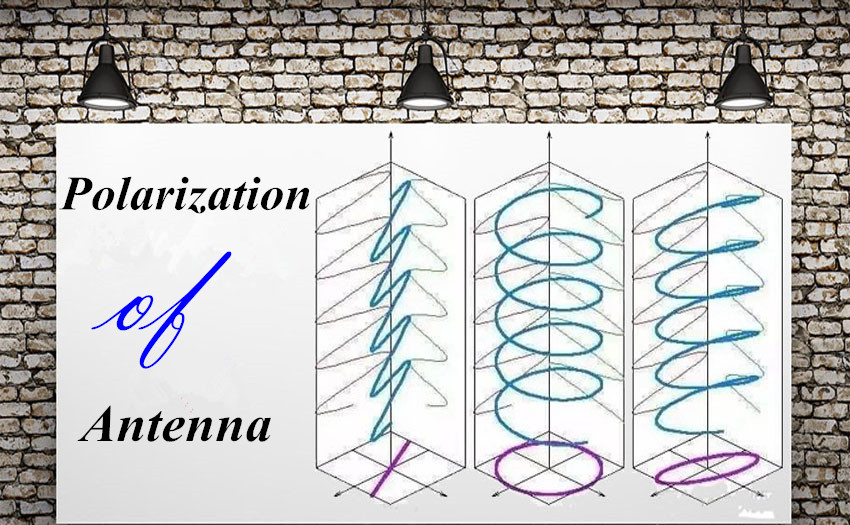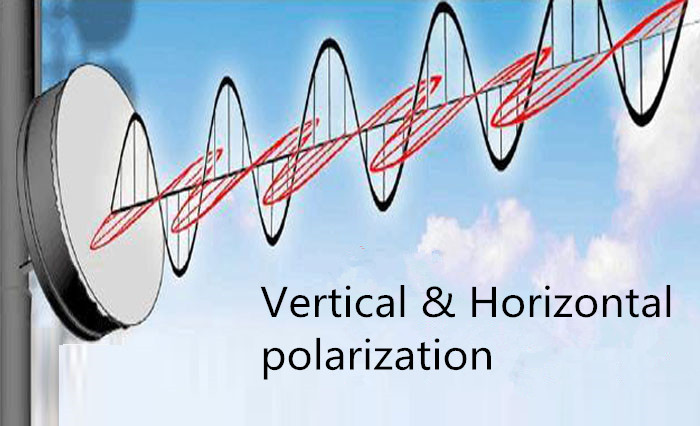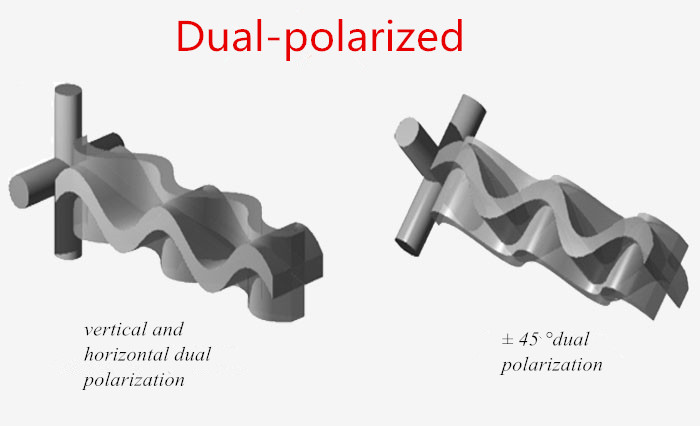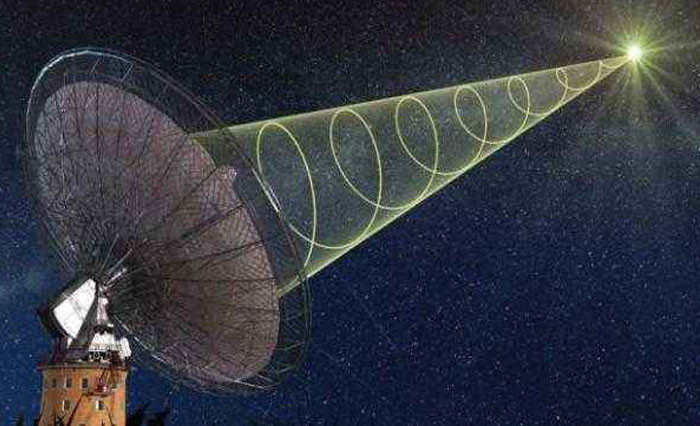+86 15093323284 hams@ailunce.com
Polarization of Antennna

The polarization of antennas refer to the space vector direction of the electric field of the antenna in its maximum radiation direction. There are three polarizations including linear polarization, circular polarization, and elliptical polarization. Among them, linear polarization and circular polarization are more common.
Linear Polarization
An electromagnetic wave with a fixed orientation of the electric field vector in space is called linear polarization. Linear polarization includes horizontal polarization and vertical polarization. Taking the ground as a reference, the direction of the electric field vector parallel to the ground is called horizontal polarization, and the direction perpendicular to the ground is called vertical polarization. Due to the characteristics of the electric wave, a horizontally polarized signal will generate a polarized current on the ground surface when it is close to the ground. The polarized current will rapidly decay the electric field signal due to the thermal energy generated by the impedance of the ground. Vertical polarization is not easy to produce Polarizing the current, thereby avoiding a large attenuation of energy and ensuring the effective propagation of the signal. Therefore, in mobile communication systems, vertical polarization is generally used.

Vertical antennas of U / V bands and Vertical ground grid antennas of shortwave bands are all vertically polarized. Horizontally polarized antennas are dipole antennas, long-line antennas, Yagi antennas, and spider web antennas. With the development of new technology, the dual-polarized antenna has recently appeared. Common dual-polarized antennas include vertical and horizontal dual polarization, and ± 45 ° dual polarization. In terms of performance, the latter is better than the former, so ± 45 ° polarization is always used in daily use. This dual polarization combines + 45 ° and -45 ° antennas whose polarization directions are orthogonal to each other and works in the transceiver duplex mode at the same time. Therefore, its most prominent advantage is to save the number of antennas of a single directional base station.

Circular Polarization
When the angle between the polarization plane of the radio wave and the surface of the earth changes in the range from 0 to 360 °, that is said the magnitude of the electric field does not change, the direction changes with time, and the trajectory of the end of the electric field vector is on a plane perpendicular to the propagation direction. When the projection is a circle, it is called circular polarization. The main advantage of circular polarization is that when using it for transmission, if you use linear polarization for reception, linear polarization in any direction can receive radio wave from circular polarization not as receive from linear polarization. Circular polarization is mainly used in satellite communications, and can be divided into left-handed and right-handed circular polarization according to the direction of electric field rotation.












